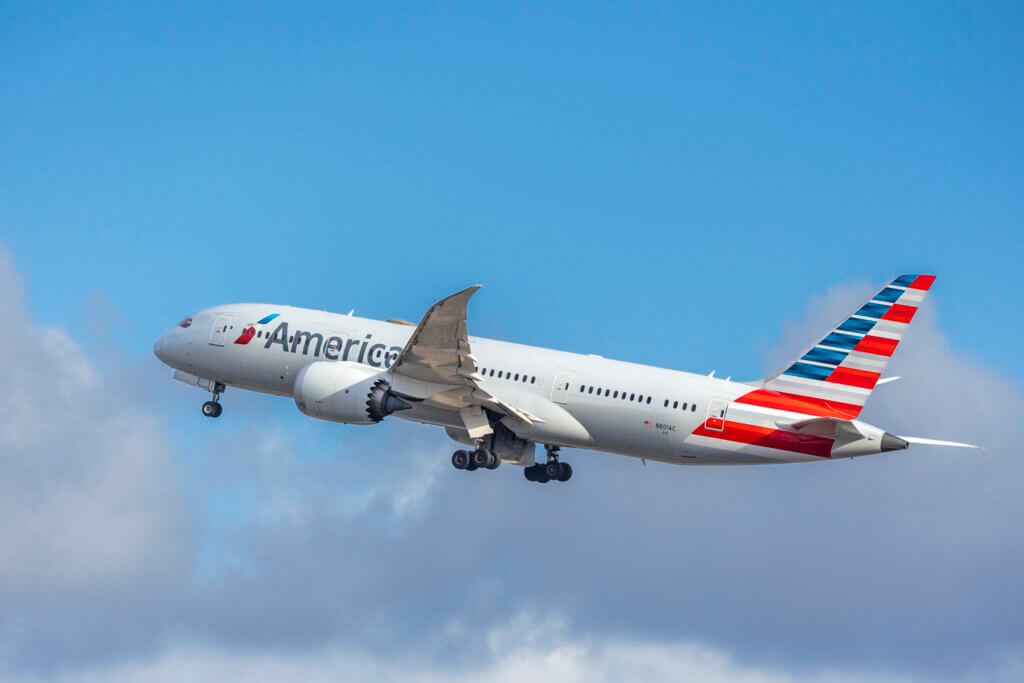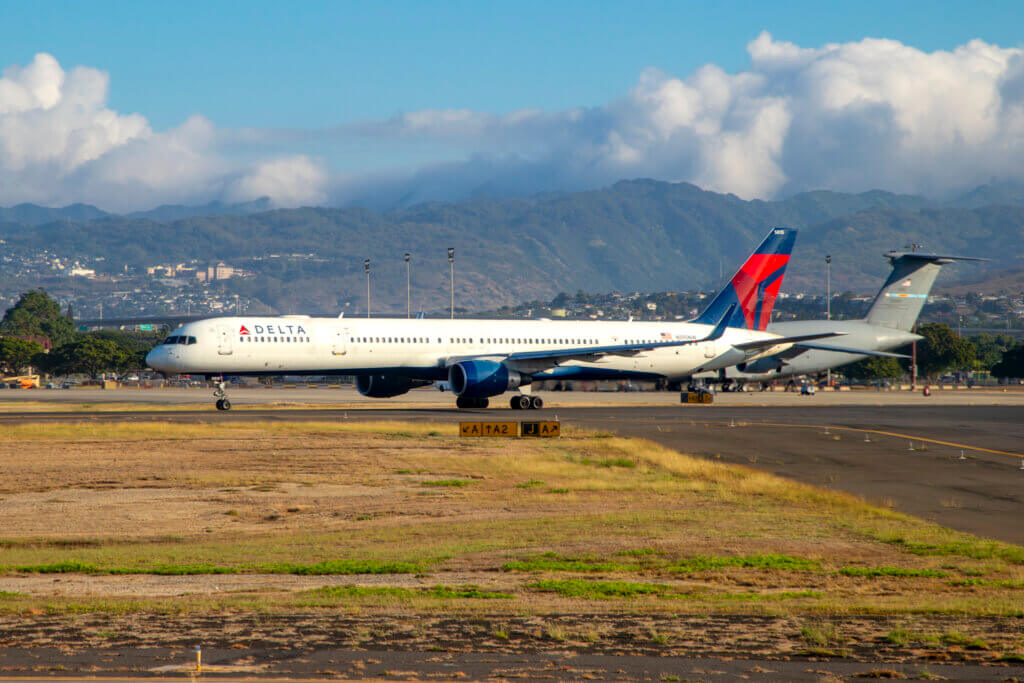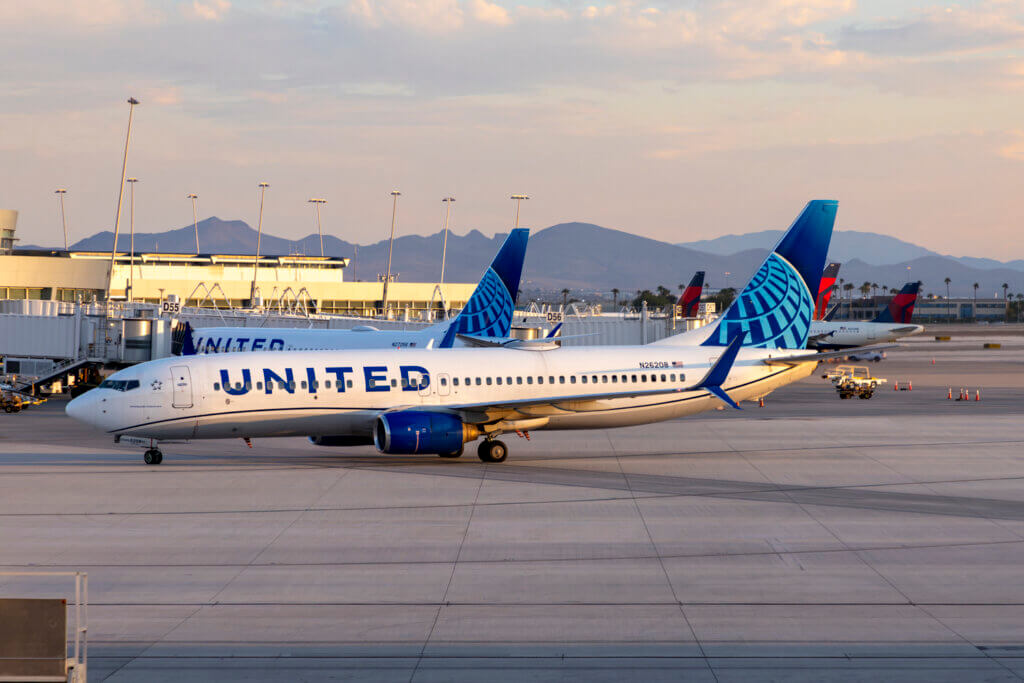Depending on what airline you fly, you may or may not have had WiFi when flying and from Hawai’i. Well, availability should be improving now as ViaSat expands coverage to Hawai’i. Unfortunately, your mileage may still vary, based on what type of connectivity service your aircraft has.
In-flight WiFi is becoming more of an expectation nowadays, especially as the technology continues to improve with greater stability and higher speeds. However, not all provider’s coverages are created equal, with many still having annoying dead spots. The space between Hawai’i and the West Coast has long been one of these for certain providers. But that is quickly becoming a thing of the past, especially as ViaSat expands coverage to Hawai’i with an all-new series of satellites.
A Brief Explainer on In-Flight Connectivity
The early days of in-flight WiFi used air-to-ground system pioneered by GoGo In-flight, which relied on cellphone towers for connectivity. It was a low-cost way of getting internet service in the air, but it really constrained where the system could operate, and, by all accounts, was excruciatingly slow. However, over time, the industry began transitioning to satellite-based options. Satellites solved many of these issues by providing much greater bandwidth and more coverage flexibility.
However, to provide consistent coverage, these large satellites were traditionally parked in geo-stationary orbit (GEO), meaning that they remain at a fixed point above the ground. This is crucial, as satellites in low-earth orbit (LEO) don’t remain in one place and can only provide coverage for areas over which they’re currently traveling. That’s not so good when you need consistent coverage, hence the need for GEO. But, like ground-based solutions, this creates dead zones. And, for ViaSat, one dead zone has long been the area between Hawai’i and the continental U.S. But that ends now.
ViaSat Expands Coverage to Hawai’i
Thanks to its new satellites, ViaSat expands its coverage to Hawai’i’. Specifically, ViaSat-3 F1 was commissioned into commercial service recently after a lengthy on-orbit testing phase. First in the line of three next-generation satellites, ViaSat-3 F1 was designed to cover all of North America, including Hawai’i, and will provider higher bandwidths thanks to its ka-band technology.
Regarding the lengthy testing phase, this satellite was launched in April 2023, but ran into issues deploying one of its antenna, which put into question whether or not it’d be functional. Thankfully, things turned out mostly ok. Unfortunately, there are some lingering questions about overall capacity, but I guess only time will tell.
Carriers That Use ViaSat
For the past seven years, the only airlines I’ve flown are Alaska, Hawaiian, and Southwest. So, I’ve either had WiFi access with Alaska and Southwest, or none at all, as I haven’t flown Hawaiian since before they began installing Starlink. That said, Alaska uses a mix of GoGo Inflight and Intelsat, the former of which is rapidly being phased out. Southwest uses Global Eagle and, as far as I’ve experienced, has always offered connectivity on Hawai’i flights.
So, who then, is gaining coverage as ViaSat expands coverage to Hawai’i. Well, American, Delta, and United, all of which have at least a couple of different service providers. Unfortunately, American doesn’t really detail which service provider is used on what aircraft. However, as far as I can tell, their narrow-body aircraft feature ViaSat, while the wide-bodies have Panasonic. Since American flies A320s from the West Coast to Hawai’i, this will benefit people that fly with them on these routes.
For Delta, that ViaSat expands coverage to Hawai’i will probably benefit the average person the most, as Delta offers ViaSat WiFi service for free on most of its narrow-body fleet, inducing the A220-300, A319, A320, A321ceo, A321neo, 737-800, 737-900, and 757-200H/D. Paid WiFi is available on the following aircraft: A330-200, A330-300, A330-900, A350, 757-300, 767-300, 767-400, CRJ700, CRJ900, and ERJ170, though these feature of mix of ViaSat and Wi-Fi Onboard.
United, on the other hand, provides a comprehensive list of WiFi service providers and aircraft pairings, plus coverage maps, so it’s easier to tell how the fact that ViaSat expands cover to Hawai’i may impact you. At any rate, only their regional jets currently have GoGo air-to-ground WiFi, while the Boeing 737-700s, 737-800s, 737-900s, 737-900ERs and select 757-300s feature Thales service, which is limited to the Lower 48, only. On the other end of the spectrum, United’s entire wide-body fleet, select Airbus A319s, A320s, Boeing 757-200s, and 757-300s feature Panasonic. Finally, select Airbus 319s, all A321neos, select Boeing 737-900s, all 737 MAX 8s, and all 737 MAX 9s feature ViaSat.
United uses a mix of Boeing 737NGs, 737 MAXs, 757s, 777s, and 787s to Hawai’i, so WiFi availability is still going to be a mixed bag. However, if you’re on a 737 MAX or any of the wide-bodies, it’s basically a given that you’ll have WiFi now.
ViaSat Expands Coverage to Hawai’i, Final Thoughts
There you have it. If you’re an American, Delta, or United customer, availability of WiFi should immediately improve on flights between Hawai’i and the West Coast since ViaSat expands coverage to Hawai’i. However, if that matters to you, then maybe look at flying Alaska, Hawaiian, or Southwest instead.
Why? At this point, Alaska’s entire ETOPS fleet has connectivity when flying to Hawai’i, while I’m fairly certain the same is true of Southwest’s fleet, too. Hawaiian is actively installing WiFi on its A330s, and will have it available on all of its trans-Pacific fleet with the exception of the 787s within the next two months. Of course, Hawaiian is the only one that offers it for free, while Alaska, Delta, and Southwest provide free messaging.



